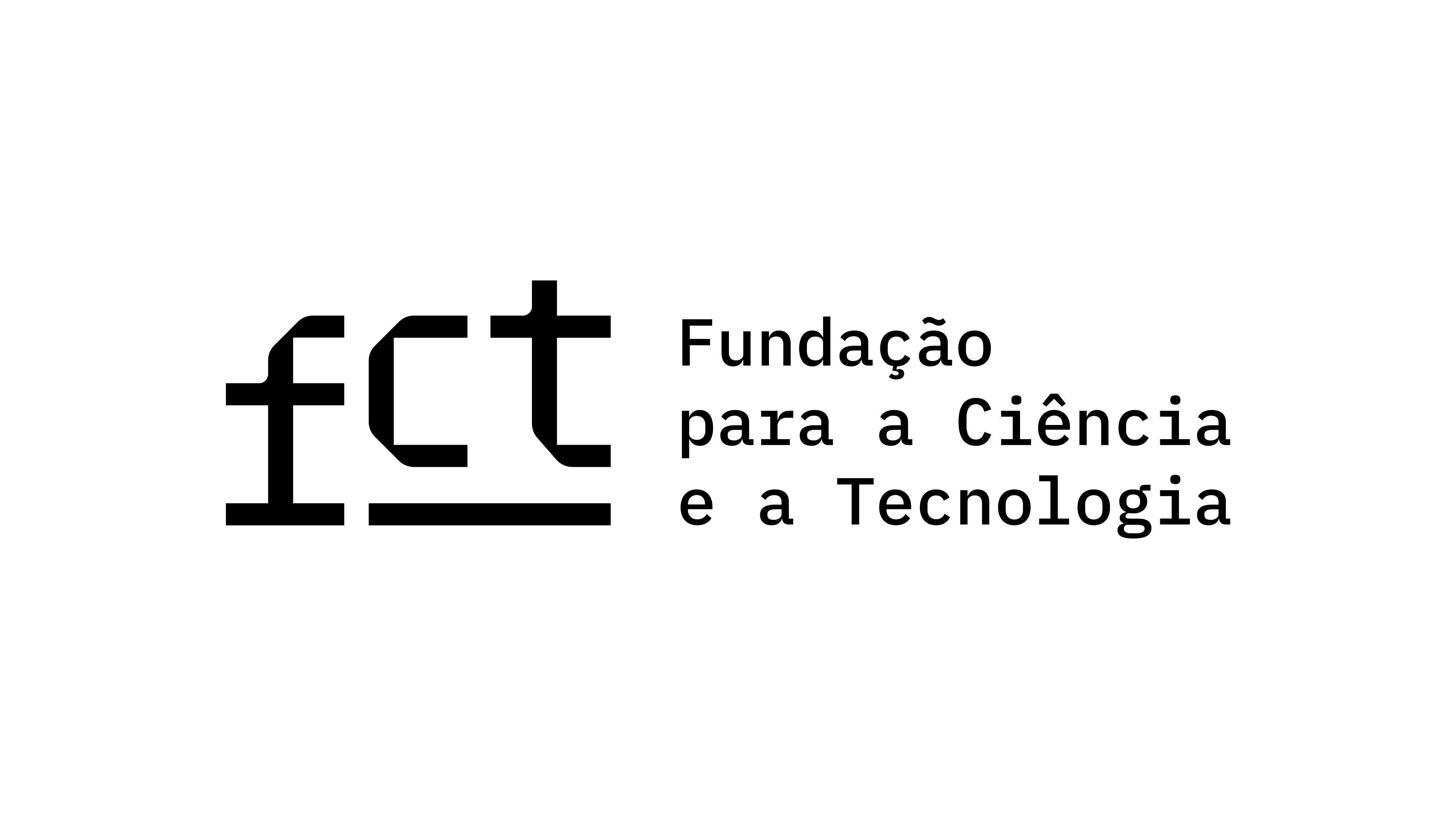Upside-Down Cinema: (Dis)Simulation of the Body in the Film Experience
Keywords:
Embodied cognition, Film-body, Perceptual adaptation, Prägnanz, Upside-down visionAbstract
This essay examines the motif of the upside-down image in cinema and focuses on the perceptual and cognitive activity of the spectator. In the first (theoretical) part, I refer to Maurice Merleau-Ponty discussion of psychological experiments on retinal inversion and describe the dynamic disembodiment/re-embodiment as a way of providing the spectator both the thrill of unbalance and the perceptual reorientation functional to the cognitive comprehension of the film. In the second (analytical) part, I analyse the formal and stylistic modes of representation of the upside-down image of the character in selected film scenes. In particular, I argue that the rotational camera movement is a filmic “gestures” that (dis)simulates the human bodily movement.





